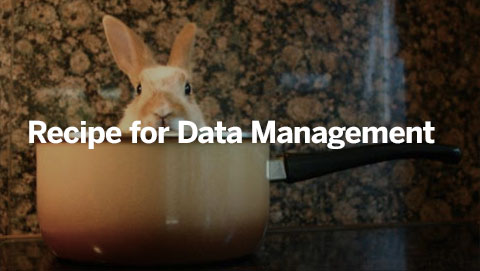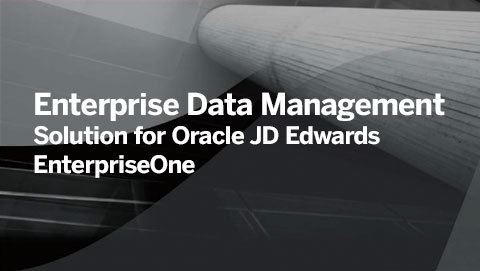Data Substitution
What is Data Substitution?
Data Substitution Masking, or substitution cipher, is a traditional method of encrypting or encoding a message. It achieves this by replacing each letter in the plaintext with another letter or symbol. This masking technique systematically replaces original letters or characters with alternative ones based on a pre-established key or rules.
The process’s reversibility depends on the specific algorithm or rule and the key or mapping used. If the key or mapping is known, the process can be reversed, allowing the original plaintext message to be recovered from the masked or encrypted message.
How Data Substitution Works?
It replaces genuine data with fictitious but contextually relevant values and ensures the masked data retains usability while protecting the sensitive information it represents, though the process involves several key steps:
- Identification of Sensitive Data Elements: The first step is identifying the specific data elements containing sensitive information. This can include personally identifiable information (PII) such as names, addresses, social security numbers, or financial details.
- Selection of Substitution Values: Once the sensitive data elements are identified, fictitious but realistic values replace the original information. These substitute values must be contextually appropriate, ensuring the masked data remains meaningful and applicable for testing or analysis.
- Context-Aware Replacement: Context awareness is crucial in data masking, in which the replacement values align with the original data’s format, structure, and relationships to maintain realism. For example, substituting names must mimic the format and distribution.
- Randomization and Variation: It often involves randomization and variation in selecting substitute values to enhance security. This prevents patterns from emerging in the masked data, making it more challenging for unauthorized individuals to deduce the original information.
- Dynamic Masking Rules: Dynamic masking rules offer customizable data masking based on criteria or business needs, ensuring flexibility in adapting the strategy to various sensitive data types.
- Logging and Auditing: It often includes logging and auditing features for transparency. These document the masking process, recording original and substituted values, entities involved, and timestamps, aiding organizations in tracking and reviewing data transformations.
Types of Data Substitution
Various substitution data masking techniques are employed in the enterprise data security landscape, each serving a distinct purpose, and are listed below:
- Character Replacement: This technique involves replacing each character in the original data with a different character or symbol. For instance, a basic form of character replacement might include substituting each letter with a corresponding number or symbol.
- Randomization: Unlike using a fixed substitution pattern, randomization entails replacing characters with random symbols or characters. This adds an extra challenge for attackers attempting to reverse the transformation.
- Alphabetic Substitution: Here, letters in the original text are replaced with other letters or symbols, often utilizing a predefined cipher. Examples commonly encountered encompass ciphers such as the Caesar cipher or Atbash cipher.
- Numeric Substitution: Numeric characters are substituted with other numeric characters in this technique. For example, a straightforward numeric substitution might involve shifting digits by a fixed value, such as replacing ‘1’ with ‘7’, ‘3’ with ‘2’, and so forth.
- Symbol Substitution: Non-alphanumeric characters, like punctuation marks or special symbols, can be substituted with other symbols to introduce a layer of complexity to the masked data.
Benefits of Data Substitution
- Realism Preservation: It is pivotal in preserving data privacy and security realism. This technique ensures that masked data remains authentic, a critical factor for effective testing and analysis across diverse scenarios.
- Privacy Compliance: Replacing sensitive data with anonymized substitutes effectively protects privacy while aligning with regulatory standards, ensuring adherence to data protection regulations such as GDPR.
- Mitigate Threats: Strategically substituting sensitive data significantly reduces the likelihood of internal threats, such as unauthorized access, and external threats, like cyberattacks, seeking to exploit confidential information.
Challenges of Substitution Masking
Though Substitution Masking offers basic protection, it doesn’t match the security level of robust encryption for highly sensitive data. Modern computational power allows for the relatively easy cracking of simple substitution ciphers through techniques like frequency analysis. In frequency analysis, analysts analyze the frequency of each letter in the ciphertext to deduce the substitution key.
| More secure encryption methods, such as the Vigenère cipher or contemporary cryptographic algorithms like the Advanced Encryption Standard (AES), have been developed to address the vulnerabilities of basic substitution ciphers. These advanced techniques provide enhanced security, making them more suitable for safeguarding sensitive information in today’s digital landscape. |
|---|
Use Cases of Substitution Masking
With its ability to balance data usability and confidentiality, substitution data masking finds application across a spectrum of use cases. Here’s an extensive investigation into its varied uses:
- Non-Production Environments: It is crucial for software development to have realistic test data in non-production environments. It seamlessly replaces sensitive information with contextually relevant values, ensuring realistic testing scenarios while maintaining data security.
- Analytical Settings: It is invaluable for organizations engaged in data analysis and business intelligence. It allows analysts to work with datasets that retain the characteristics of actual production data, enabling accurate insights while adhering to data privacy and security protocols.
- Data Warehousing: This technique is vital in securing data repositories for organizations managing large-scale data warehouses. It allows for the creation of anonymized datasets for analytical purposes while maintaining the confidentiality of the original information.
- Production Environments: It is vital in production environments to ensure continuous compliance with data privacy regulations and integration with existing security measures. It substitutes sensitive information with realistic values, safeguarding operations effectively.
In conclusion, Substitution Masking is essential for safeguarding sensitive information by replacing identifiable elements with alternative representations. Its key features, including robust encryption methods and controlled access protocols, underscore its effectiveness in enhancing data security. As organizations navigate digital complexities, implementing Substitution Masking is crucial for confidentiality and integrity in data management strategies.
FAQs
What types of sensitive data can be masked using Substitution Data Masking?
Organizations can apply it to various types of sensitive data, including personally identifiable information (PII), financial records, and healthcare data.
Can Substitution Data Masking impact data analysis and business intelligence processes?
No, it retains data usability for analysis and business intelligence while protecting sensitive information.
Can organizations integrate Substitution Data Masking with existing data management systems?
Substitution Data Masking can seamlessly integrate with existing data management systems, facilitating easy implementation and adoption.





